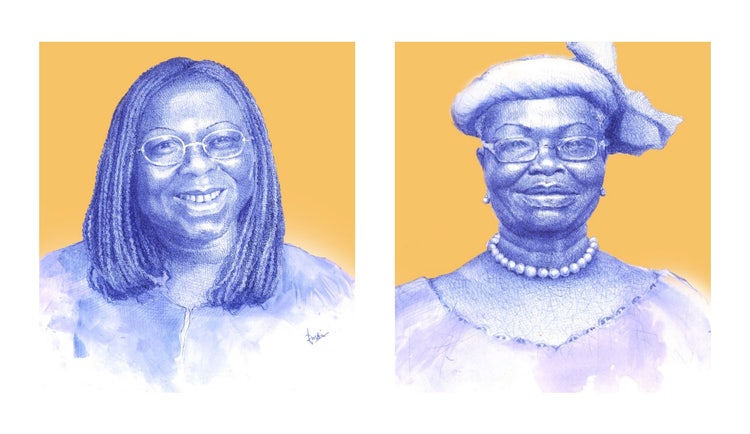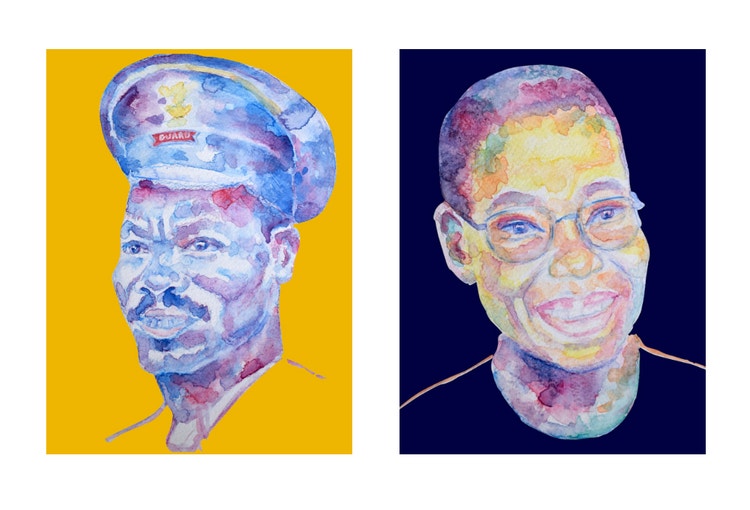Redrawing History with Wiki Unseen

Portrait of Marian Ewurama Addy by Enam Bosokah, Mercedes Richards by Esther Griffith, and William Greaves by Bukhtawar Malik.
This month, we celebrated Black History Month and the launch of Wiki Unseen in collaboration with the Wikimedia Foundation and AfroCROWD. Wiki Unseen is a joint, ongoing effort to expand the visual representation of Black, Indigenous, and people of color (BIPOC) in history.
The Wikimedia Foundation selected three artists from Behance to commission portraits of Black historical figures whose Wikipedia articles remain unillustrated. “Wiki Unseen champions representation in both the knowledge and creative spaces. For us, it was important to collaborate with people who champion artistic expression and provide platforms for all creatives to be recognized for their work,” says Tas Elias, brand collaborations lead at the Wikimedia Foundation.
Ballpoint pen artist Enam Bosokah of Ghana was selected to illustrate Senegalese computer scientist, Rose Dieng-Kuntz and Ghanaian biochemist, Marian Ewurama Addy.
“I developed a passion for the arts at an early age but was not sure where it was going to take me,” shares Bosokah. “However, my decision to study fine arts in high school was an issue of following my heart rather than knowing what I want and going for it.”
Multidisciplinary artist Bukhtawar Malik created portraits of poet and playwright May Miller and documentary filmmaker William Greaves.
Trinidadian artist Esther Griffith illustrated portraits of Asquith Xavier, who fought racial segregation law in England to become the first non-white train guard at Euston railway station, and Mercedes Richards, a Jamaican astronomy and astrophysics professor.
“Esther’s use of color is joyful and irresistible, creating moments that remind us all that Black history is something to be celebrated, not just mourned.” says Elias.
These commissioned portraits have been uploaded to Wikimedia Commons, a free-use media repository. By releasing them under a Creative Commons Attribute Sharealike license, they will be freely usable on Wikipedia and anywhere else in the world. Learn more about Wikipedia’s commitment to closing the visual knowledge gap through Wiki Unseen.


